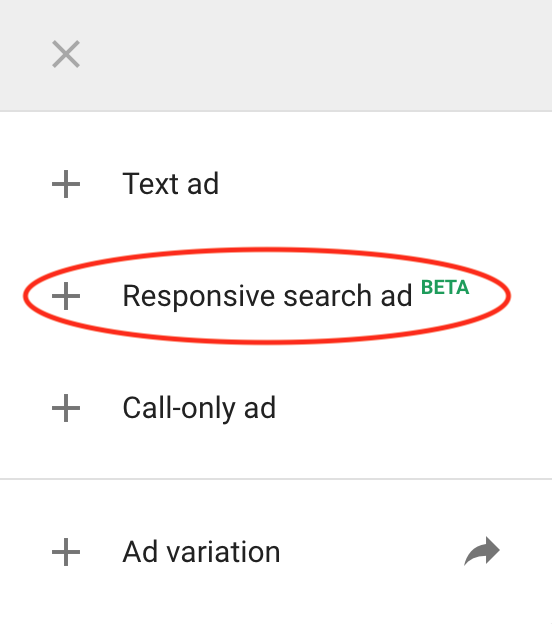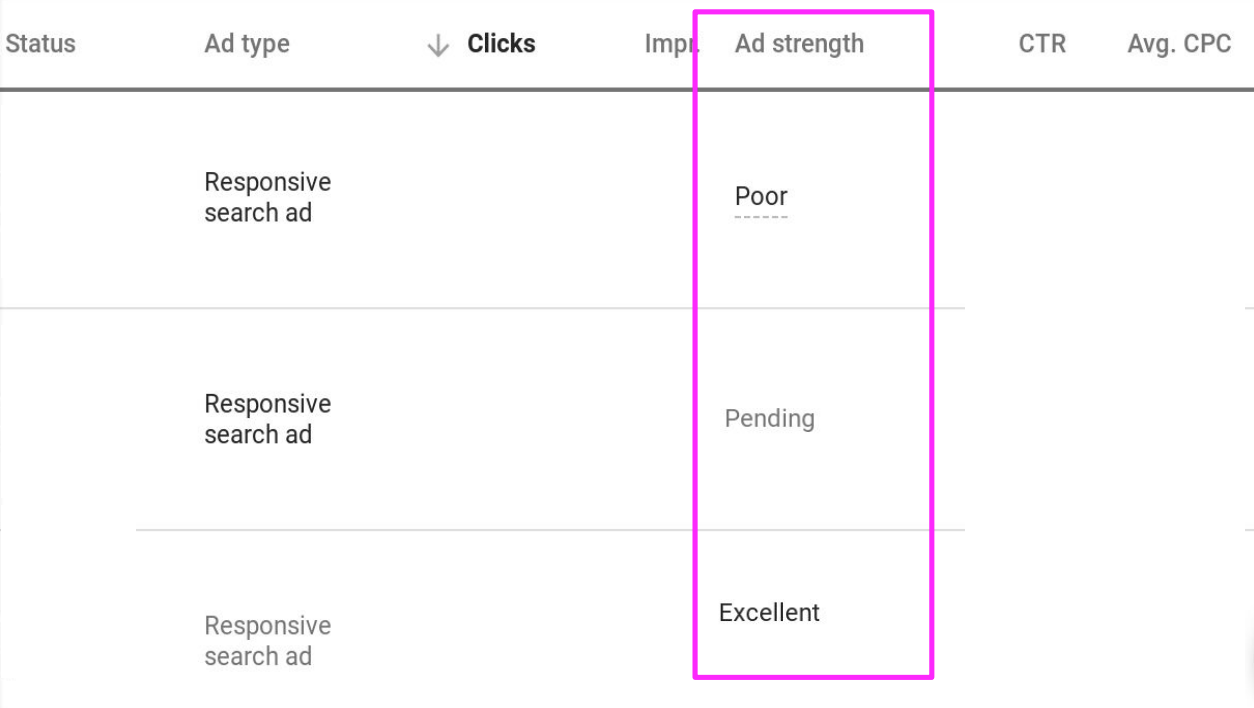Google Ads has recently unfolded a new feature in the Google Ads platform, allowing advertisers to input multiple headlines and descriptions to let Google create the best possible performing text ad using artificial intelligence. Whether you’re a small business seeking online exposure or a seasoned digital marketing veteran, knowing about Google’s new extension of Google Responsive Search Ads will likely benefit you! Though currently in beta, Google has allowed select advertisers to use this feature, looking more than promising in terms of possible results from the new adaptable text ad format.

It works when an advertiser inputs relevant text assets, adding up to 15 headlines and 4 descriptions. From there, artificial intelligence takes over and automatically tests the different text assets learning the best combinations over time, with the end result being a top performing ad. With the increased allowance of headlines and descriptions, (previously up to 3 headlines and 2 descriptions in an expanded text ad), there are over 43,000 different possible combinations in a Responsive Search Ad. As Google’s Answers Page states, “Responsive search ads let you create an ad that adapts to show more text—and more relevant messages—to your customers.”.
Though similar to an expanded text ad, the key differentiators include the increased real-estate as well as the flexibility in messaging; as Google automatically adapts and changes the ad based on the performance of different combinations of text assets, using A/B testing. Overall, this can dramatically save time by creating one ad using with the best performing headlines and descriptions, rather than multiple, with the chance of wasted money on underperforming ads. To further reduce time wasted creating potentially underperforming ads, Google has included insights into Ad Strength, giving the advertiser information into how Google thinks the ad will perform, labelling ads Poor, Good and Excellent during creation. This, coupled with the ability to pin important headlines and descriptions to have it remain static in the ad allows for a nearly perfect combination of control and flexibility.
 Due to the adaptability of the ad, Google predicts that ads created using Google Responsive Search will have an increased click rate of 5-15% in comparison to a simple expanded text ad. If these benefits weren’t enough to get you excited about this new software – Google goes one further, allowing more space to display information when compared to expanded text ads with an allowed three headlines displayed instead of two, coupled with two descriptions instead one though again, this automatically adapts according to what the audience is using to browse.
Due to the adaptability of the ad, Google predicts that ads created using Google Responsive Search will have an increased click rate of 5-15% in comparison to a simple expanded text ad. If these benefits weren’t enough to get you excited about this new software – Google goes one further, allowing more space to display information when compared to expanded text ads with an allowed three headlines displayed instead of two, coupled with two descriptions instead one though again, this automatically adapts according to what the audience is using to browse.
In the world of digital marketing, innovations are virtually endless. Google, an obvious leader in digital innovation has once again enhanced the search experience for both the consumer audience and advertisers alike. As stated previously, Google’s Responsive Search Ads are still in beta, though it can be said with certainty that the Artificial Intelligence within the new platform looks promising for the 2019 year.
Our digital team at adHOME is a certified Google Partner and fluent in Google Analytics and AdWords. When an agency is a Google Partner, it means that exclusive access is granted to new tools before they are officially released – meaning that if your growing business wants in on this new feature in the Google Ads software, it would pay to partner with adHOME. If you’d like to learn more about Google Responsive Search ads or would like to implement them in your Google Ads campaigns, feel free to contact us!